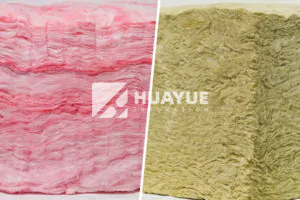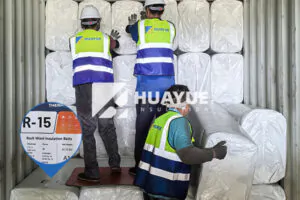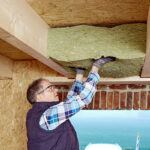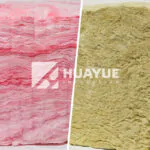What Is Rockwool Duct Insulation and How Does It Improve System Efficiency?
Uninsulated ducts waste energy, risk noise problems, and may even fail safety checks.
Rockwool duct insulation wraps HVAC, industrial, or exhaust ducts to keep heat in or out, cut noise, and protect ducts from fire or humidity. It saves energy and extends duct life.
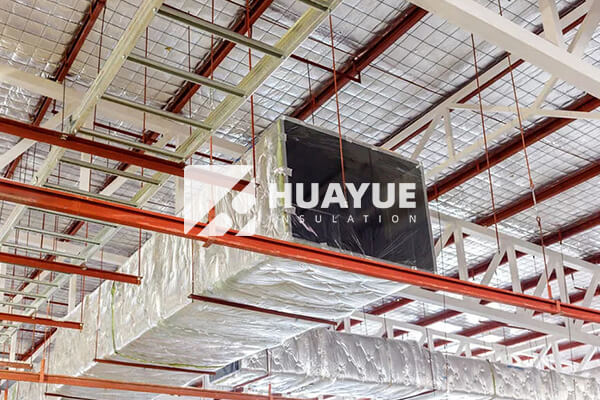
If you skip duct insulation or use the wrong type, you face heat loss, condensation, or high noise. I have helped clients solve these headaches by choosing the right rockwool solution.
Why Is Rockwool Preferable for Duct Insulation?
Ordinary fiber or foam just doesn’t offer the same all-in-one solution.
Rockwool is naturally fireproof, water-repellent, and does not sag or shrink. Its density blocks both heat and noise transfer, making it ideal for ducts in critical facilities.
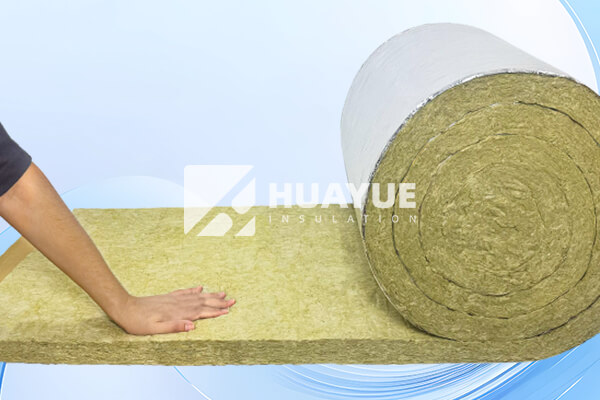
Key facts:
- Can withstand temperatures up to 650°C
- Stops fire spread in emergencies
- Blocks airborne and structure-borne noise
On a hospital retrofit, using regular foam allowed unwanted bacteria growth. Switching to faced rockwool kept the system safe and compliant.
How Is Rockwool Duct Insulation Installed?
Simple steps make a difference.
Insulation is installed as flexible mats, rigid boards, or preformed pipe sections, often with a foil or tissue facing for vapor barrier. All seams should be sealed with matching tape to stop air leaks and accommodate movement.
For large ducts, rigid slabs are strapped on. For corners, cut pieces to fit snugly. Always finish with a vapor barrier.
I help teams learn these steps, reducing callbacks for repairs or condensation problems later.
What Are the Fire and Acoustic Performance Benefits?
One mistake can lead to disaster. Get this right for safety and comfort.
Rockwool is noncombustible and resists fire far above most duct temperatures. The density and fibers break up noise, cutting both hum and vibration from moving air or machinery.
Compared to fiberglass or foam, only rockwool provides both top fire and acoustic performance in a single material.
I once toured a factory where uninsulated ducts were hot, and worker complaints were sky high. After wrapping with rockwool, noise and heat dropped at once.
Are There Special Considerations for Outdoor or High-Humidity Applications?
Outdoor or steam ducts demand the toughest solutions.
Always use faced or jacketed rockwool products outdoors. Ensure end caps and joints are taped or sealed. Choose high-density products for added impact and weather resistance.
Neglecting facing outside can lead to water entry, corrosion, and lost R-value. I recommend special jackets for chemical or salty environments.
Conclusion
Rockwool duct insulation keeps air systems efficient, quiet, and safe, with reliable performance over years of service.
You may also be interested in:
Ready to Get Started?
Get in touch with our experts for personalized solutions tailored to your needs.
Get Free QuoteLatest Articles
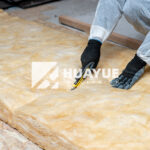
How to Cut Fiberglass Insulation Easily and Safely?
Nov 21, 2025
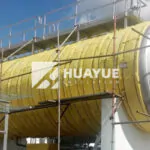
Does fiberglass insulation burn?
Nov 19, 2025
Let's Work Together
Ready to take your business to the next level? Get in touch with our team of experts and let's discuss how we can help you achieve your goals.
Get Free Solutions

